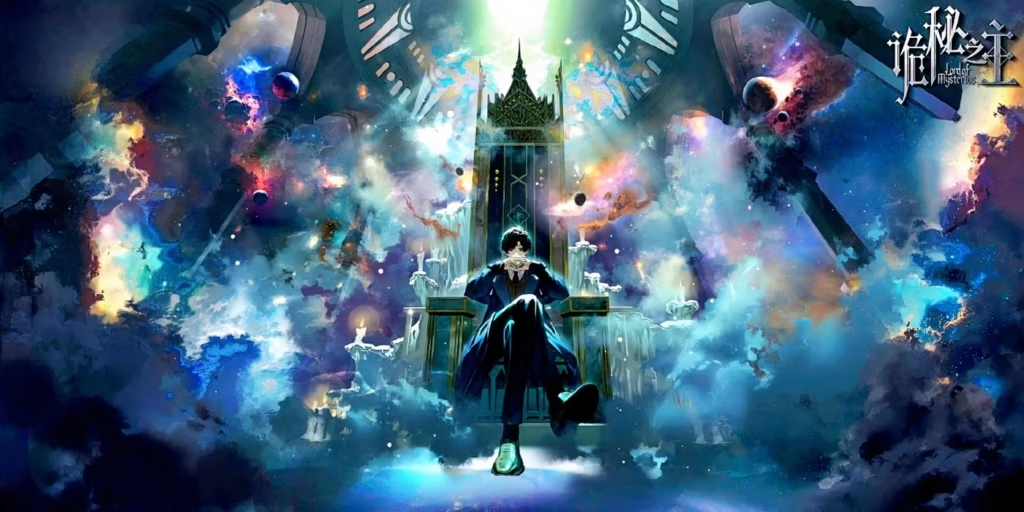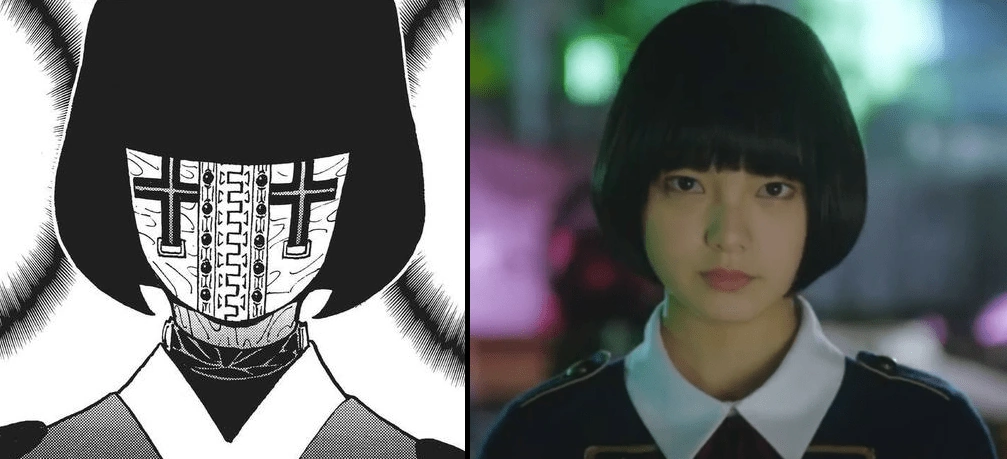Are Chinese anime surpassing Japanese anime?
When we think of anime, Japan is the first thing that comes to mind — and rightly so. It’s the birthplace and undisputed king of anime. But is that throne really safe? In recent years, China has been making massive strides in the animation scene, producing shows that many fans consider stunning. The internet is abuzz with debates: are Chinese anime ready to surpass their Japanese counterparts? Could the crown change hands? Or is this just another wild internet theory?
Let’s take a closer look at what’s really going on and what the future might hold for the global anime industry.
The Explosive Rise of Chinese Anime
First things first — yes, China is coming in strong. With titles like Super Cube, Link Click, To Be Hero, and The King’s Avatar, the country is proving it can produce high-quality anime that resonate with audiences.
Even earlier hits like Fog Hill of Five Elements and Caisses Sevnake already hinted at the impressive evolution of Chinese animation. The visuals are stunning, the motion is fluid, and the art style has a uniqueness that’s catching the attention of anime fans worldwide.
But are these titles on the same level as Japanese classics like Dragon Ball, One Piece, or Naruto? For now, that’s a tough comparison. Still, China is fully aware of this gap and is investing heavily to close it.
Rising Studios and Massive Investments
Studios like Hlin Liners and Bilibili Animation are pouring serious money into anime production — and that kind of funding can make a huge difference. On top of that, Chinese companies are offering much higher salaries to animators than most Japanese studios, which could lead to a talent shift.
In the near future, we may see top-tier animators who once worked in Japan bringing their skills to Chinese studios, pushing quality even further and elevating China’s global standing in the anime world.
A Unique Style and Fresh Storytelling
One major strength of Chinese anime is their bold mix of 2D and 3D animation — often blended in surprisingly smooth and artistic ways. Link Click is a prime example, delivering visual flair and animation fluidity that feels fresh and inventive.
But it’s not just about looks — the storytelling stands out, too. While Japanese anime often stick to popular genres like shonen and school life, Chinese productions explore mythological epics, martial arts fantasies, spiritual cults, psychological thrillers, sci-fi, and RPG-style narratives. This variety offers something new for viewers who want to break away from the familiar formulas.
The Case of Lord of the Mysteries

One of the most anticipated Chinese anime releases is Lord of the Mysteries. Blending mystery, magic, and steampunk elements, it unfolds in an alternate universe filled with secret societies, ancient gods, and bizarre rituals.
The story follows Klein Ready, the protagonist who’s thrown into a world of supernatural powers and cosmic horrors. It’s complex, gripping, and promises to be a major hit — both visually and narratively. If you’re looking for something different, this one should definitely be on your watchlist.
China and Japan: A Mix of Competition and Cooperation
Beyond anime, China is also making waves in animated films — just look at Ne Zha 2, which grossed over $2 billion globally. That kind of success shows just how powerful China’s animation industry is becoming.
Interestingly, Japan isn’t ignoring this shift. Many Japanese studios already outsource parts of their animation work to Chinese companies. This not only helps China refine its techniques but also fosters a growing cultural exchange between the two nations.
So yes, there’s competition — but also collaboration. China is learning fast, while still respecting the craftsmanship of the Japanese masters.
The Key Challenges Facing Chinese Anime
Despite rapid growth and impressive quality, Chinese anime still face major hurdles that prevent them from overtaking Japan just yet. Here are the biggest ones:
1. Language and Dubbing
Many Chinese anime are only available in Mandarin, with little to no dubbing in Japanese or English — the two most widely understood anime languages. Without proper subtitles or dubs, international fans struggle to access and enjoy these shows.
2. Animation Style and Tradition
China has made big improvements, but its animation tradition leans heavily on 3D CGI — which can sometimes feel stiff or outdated, like an old video game cutscene. Even in 2D, the style tends to be simpler than high-end Japanese titles like Demon Slayer, Attack on Titan, or Jujutsu Kaisen.
3. Marketing and Visibility
Many Chinese anime are released with little promotion, vague trailers, or marketing materials that exist only in Chinese. This lack of visibility makes it hard for global fans to discover new titles or stay informed about release dates.
4. Platforms and Accessibility
While Crunchyroll, Netflix, and Prime Video dominate anime streaming worldwide, most Chinese anime are locked to platforms like Youku, Tencent Video, or Bilibili, which are not well known or easily accessible outside China.
5. The “Anime” Label Debate
There’s even some debate over what to call these productions. Many Chinese fans prefer the term donghua (动画), which is the Mandarin word for animation, and reject the label “anime” — traditionally tied to Japan. Still, globally, “anime” is often used to describe any East Asian-style animation, and that’s unlikely to change anytime soon.
Could China Eventually Dethrone Japan?
After everything we’ve explored, it’s clear that China has serious potential to rival Japan in the anime world. But that doesn’t mean the battle is already won.
For now, Chinese anime are more like trailblazers — opening new paths and slowly gaining ground. Maybe in 10 to 15 years, the landscape will shift dramatically. But today, Japan remains firmly on the throne, thanks to its legacy, unmatched quality, and global reach.
Conclusion
China is going all-in on animation — investing in bold stories, experimental visuals, and top-tier production. With strong studios, deep pockets, and a new generation of talent, the country is on track to become a true powerhouse in the world of anime.
However, Japan’s unmatched tradition, technical excellence, and global infrastructure still give it a strong lead. Chinese anime will need to overcome significant barriers if they ever hope to claim the crown.
If you’re a true anime fan, now’s a great time to expand your horizons. Keep an eye on Chinese titles like Lord of the Mysteries, Link Click, and To Be Hero. These shows bring something different to the table — and offer a glimpse into the exciting future of anime beyond Japan.














Publicar comentário